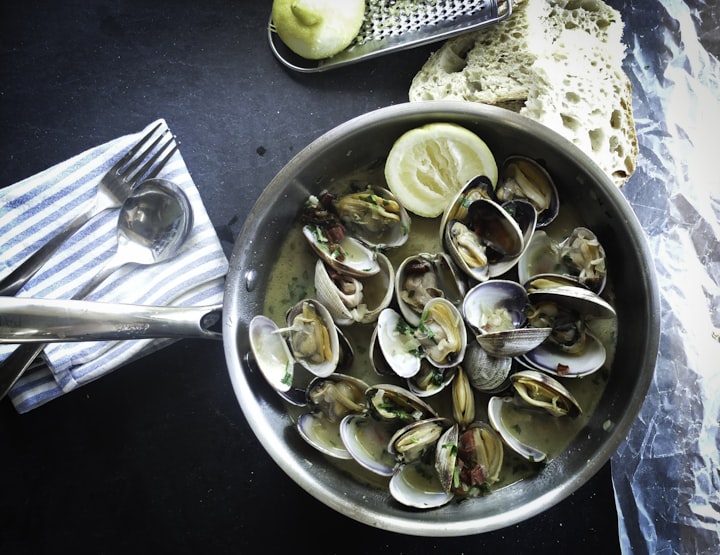
Lifestyle is a term that refers to the way a person lives, including their daily habits, attitudes, and behaviors. Over the years, lifestyle has been influenced by various factors, including culture, religion, technology, and social norms. In this article, we will explore the lifestyle of people in the year 1500, during the late Middle Ages and the beginning of the Renaissance period.
The 16th century was a time of great change in Europe. The Renaissance, which began in Italy in the 14th century, had spread throughout the continent by 1500. This cultural and intellectual movement brought about significant changes in art, science, philosophy, and politics. At the same time, the Protestant Reformation was underway, which challenged the authority of the Roman Catholic Church and led to the emergence of new Protestant denominations.
The lifestyle of people in 1500 was influenced by these cultural and religious changes, as well as by social and economic factors. The majority of the population lived in rural areas and engaged in agriculture, while the urban population was growing, and trade and commerce were expanding.
Diet
The diet of people in 1500 was largely based on local food sources, and it varied depending on the region and social class. The staple foods included grains, such as wheat, barley, and oats, as well as vegetables, fruits, and dairy products. Meat was a luxury, and it was consumed mainly by the wealthy. Fish was also an important part of the diet, especially in coastal regions.
The availability of food varied depending on the season, and preserving food for the winter months was crucial. Canning and refrigeration were not yet invented, so food preservation techniques included salting, smoking, drying, and pickling. Spices were also used to add flavor to food and to mask the taste of spoiled or stale ingredients.
Drinking water was often contaminated, so people drank wine, beer, or cider instead. These beverages were safer to drink because the fermentation process killed harmful bacteria. Wine was especially popular among the wealthy, and it was often imported from other countries. Beer was the most common drink among the lower classes, and it was brewed locally.
Clothing
lothingClothing in 1500 was an important indicator of social status, and it varied greatly depending on wealth, occupation, and location. The wealthy wore elaborate and expensive garments made of fine fabrics, such as silk, velvet, and satin. These garments were often decorated with embroidery, lace, and precious stones.
The lower classes wore simpler clothing made of wool, linen, or cotton. Men wore tunics or doublets over leggings, while women wore long dresses with tight bodices and full skirts. Shoes were also an important part of the wardrobe, and they were often made of leather or cloth.
In colder regions, fur was used to make clothing, and it was a luxury item. The use of fur was regulated by law, and only the wealthy were allowed to wear certain types of fur.
Health and hygiene
Health and hygiene were major concerns in 1500, as diseases were widespread and medical knowledge was limited. The most common diseases included the plague, smallpox, and tuberculosis, and they were often fatal. Poor hygiene and sanitation contributed to the spread of these diseases, as well as to the prevalence of lice, fleas, and other parasites.
Bathing was not a common practice, and people often went weeks or even months without washing their bodies. Clothes were also rarely washed, and they were often infested with lice and other vermin. To mask the smell of sweat and other bodily odors, people used perfumes, herbs, and other aromatic substances.
Medical treatments were based on traditional practices and superstitions, and they often involved the use of herbs, bloodletting





Comments
There are no comments for this story
Be the first to respond and start the conversation.